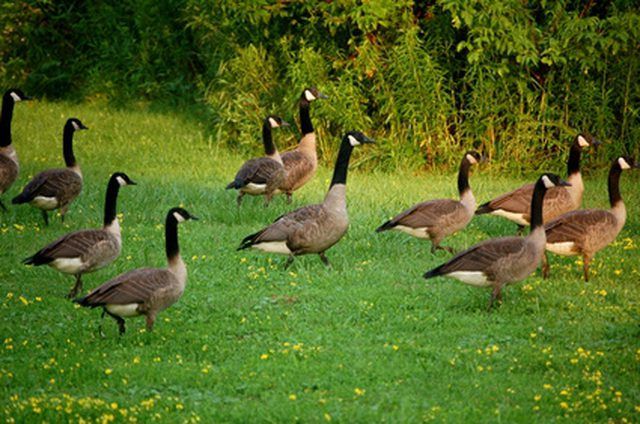Bulbs
Flower Basics
Flower Beds & Specialty Gardens
Flower Garden
Garden Furniture
Garden Gnomes
Garden Seeds
Garden Sheds
Garden Statues
Garden Tools & Supplies
Gardening Basics
Green & Organic
Groundcovers & Vines
Growing Annuals
Growing Basil
Growing Beans
Growing Berries
Growing Blueberries
Growing Cactus
Growing Corn
Growing Cotton
Growing Edibles
Growing Flowers
Growing Garlic
Growing Grapes
Growing Grass
Growing Herbs
Growing Jasmine
Growing Mint
Growing Mushrooms
Orchids
Growing Peanuts
Growing Perennials
Growing Plants
Growing Rosemary
Growing Roses
Growing Strawberries
Growing Sunflowers
Growing Thyme
Growing Tomatoes
Growing Tulips
Growing Vegetables
Herb Basics
Herb Garden
Indoor Growing
Landscaping Basics
Landscaping Patios
Landscaping Plants
Landscaping Shrubs
Landscaping Trees
Landscaping Walks & Pathways
Lawn Basics
Lawn Maintenance
Lawn Mowers
Lawn Ornaments
Lawn Planting
Lawn Tools
Outdoor Growing
Overall Landscape Planning
Pests, Weeds & Problems
Plant Basics
Rock Garden
Rose Garden
Shrubs
Soil
Specialty Gardens
Trees
Vegetable Garden
Yard Maintenance
Homemade Geese Repellent
Homemade Geese Repellent. Your yard is home to more than just shrubs, flower beds and a few pieces of lawn furniture. Pests live everywhere. Some you can see, some you can't. One common pest, especially if you live within range of a body of water, is geese. These birds are beautiful, and are a joy to watch gliding across ponds and lakes, but when...

Your yard is home to more than just shrubs, flower beds and a few pieces of lawn furniture. Pests live everywhere. Some you can see, some you can't. One common pest, especially if you live within range of a body of water, is geese. These birds are beautiful, and are a joy to watch gliding across ponds and lakes, but when they make your lawn their home, along with that comes droppings and loose feathers, and your flowers become meals. Fortunately you can make your own repellents to keep troublesome geese at bay.
Things You'll Need
Plastic bags
Twist ties, yarn or twine
Balloons
Plastic Bag Repellent
Tie plastic bags, such as the ones that you bring your groceries home in, to poles or tree branches a couple feet off the ground. Use twist ties, yarn, or garden twine--anything strong enough to hold up to the wind. The bags should be secure but able to move in the breeze, as the movement is what will scare the geese off.
Secure brightly colored balloons onto the chair arms of your outdoor furniture, or drive a few stakes into the ground and tie the balloons to the stakes as an alternative to using plastic bags. Again, you can use yarn, garden twine, or another strong material to secure the balloons into place yet allow them to move. The geese will view the balloons as a threat and when they are unable to scare them away, the geese will decide it's time to go.
Remove the bags and balloons and dispose of them after the geese have moved on to other feeding grounds. If the geese return, you can repeat one of these methods again. Eventually the geese will become too uncomfortable to return.
Tips & Warnings
Never harm the geese. They do not realize they are feeding in someone's yard. Geese are a protected species and killing them is punishable by law.